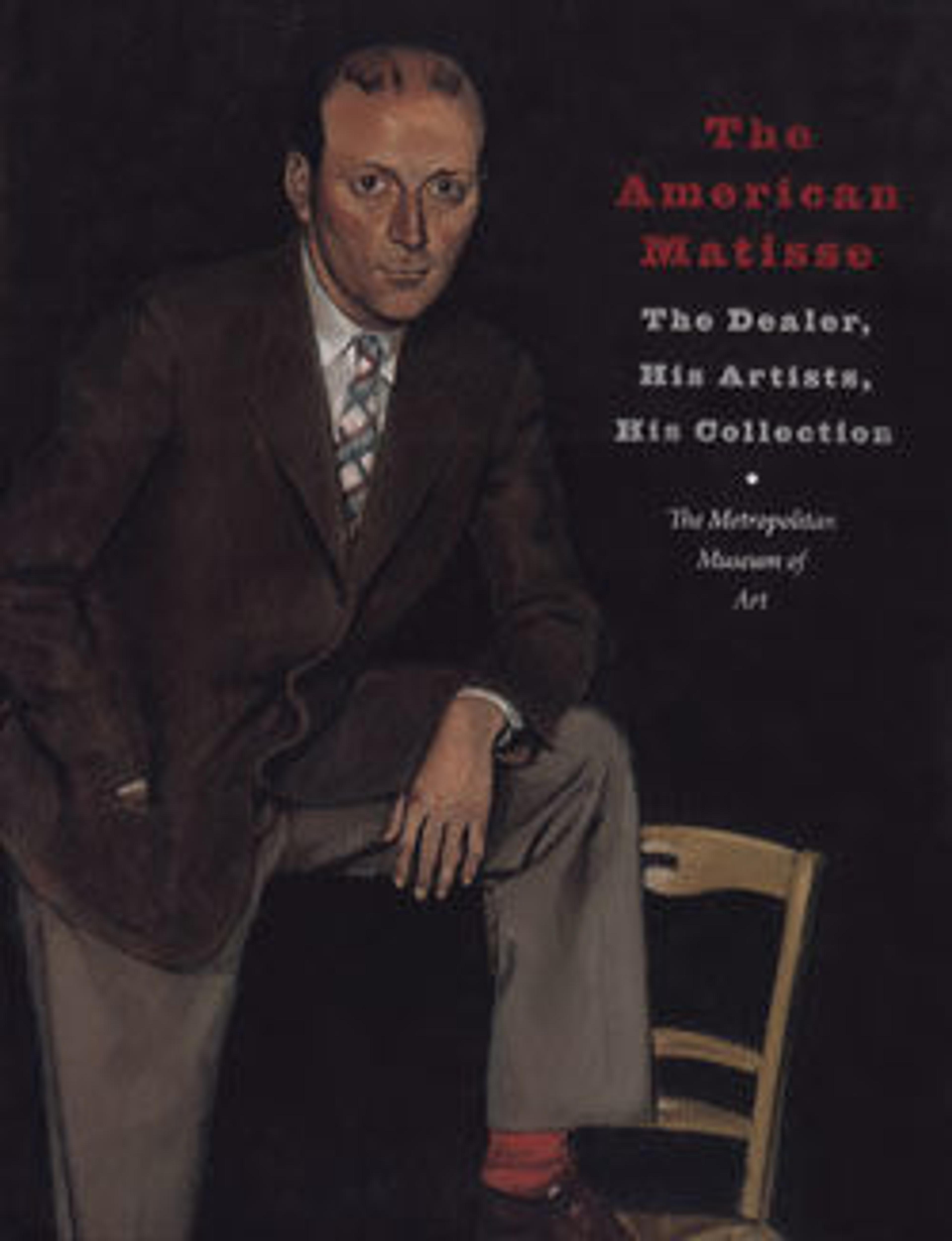Bride with Fan
Marc Chagall conjured up his native Russia in the works he painted from 1910 to 1914 while he was living in the French capital. Similarly, in the small painting Bride with Fan, he evoked his far-away fiancée Bella Rosenfeld, whom he would marry in 1915 upon his return to Vitebsk, Russia. The picture's palette of only blue and white is unusual within the artist's oeuvre, yet the brighter colors showing through the white paint suggest that Chagall reused an old canvas. Pierre Matisse, the son of artist Henri Matisse, had coveted the works of Chagall since 1924, when he first met the artist in Paris. Chagall was loath to part with his work, but in 1941 Pierre, who then owned an art gallery in New York, was able to mount an exhibition of Chagall's work that became a "blockbuster"; this was followed by sixteen more exhibitions at the gallery through 1982.
Artwork Details
- Title: Bride with Fan
- Artist: Marc Chagall (French (born former Russian Empire, now Belarus), Vitebsk 1887–1985 Saint-Paul-de-Vence)
- Date: 1911
- Medium: Oil on canvas
- Dimensions: 18 × 15 in. (45.7 × 38.1 cm)
- Classification: Paintings
- Credit Line: The Pierre and Maria-Gaetana Matisse Collection, 2002
- Object Number: 2002.456.8
- Rights and Reproduction: © 2025 Artists Rights Society (ARS), New York
- Curatorial Department: Modern and Contemporary Art
More Artwork
Research Resources
The Met provides unparalleled resources for research and welcomes an international community of students and scholars. The Met's Open Access API is where creators and researchers can connect to the The Met collection. Open Access data and public domain images are available for unrestricted commercial and noncommercial use without permission or fee.
To request images under copyright and other restrictions, please use this Image Request form.
Feedback
We continue to research and examine historical and cultural context for objects in The Met collection. If you have comments or questions about this object record, please contact us using the form below. The Museum looks forward to receiving your comments.
